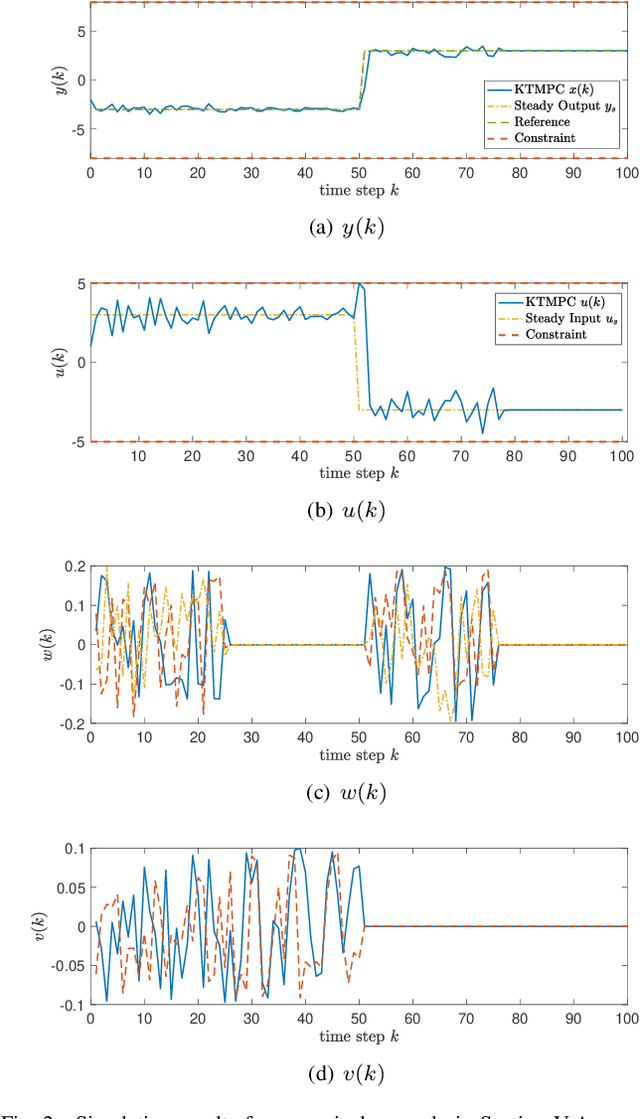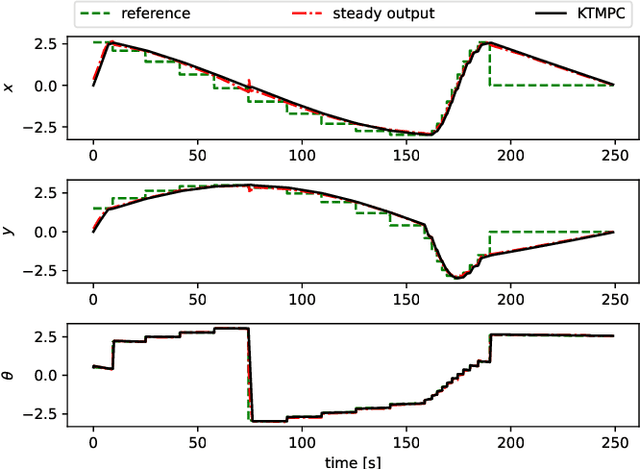Yujia Yang
Beyond BEV: Optimizing Point-Level Tokens for Collaborative Perception
Aug 27, 2025Abstract:Collaborative perception allows agents to enhance their perceptual capabilities by exchanging intermediate features. Existing methods typically organize these intermediate features as 2D bird's-eye-view (BEV) representations, which discard critical fine-grained 3D structural cues essential for accurate object recognition and localization. To this end, we first introduce point-level tokens as intermediate representations for collaborative perception. However, point-cloud data are inherently unordered, massive, and position-sensitive, making it challenging to produce compact and aligned point-level token sequences that preserve detailed structural information. Therefore, we present CoPLOT, a novel Collaborative perception framework that utilizes Point-Level Optimized Tokens. It incorporates a point-native processing pipeline, including token reordering, sequence modeling, and multi-agent spatial alignment. A semantic-aware token reordering module generates adaptive 1D reorderings by leveraging scene-level and token-level semantic information. A frequency-enhanced state space model captures long-range sequence dependencies across both spatial and spectral domains, improving the differentiation between foreground tokens and background clutter. Lastly, a neighbor-to-ego alignment module applies a closed-loop process, combining global agent-level correction with local token-level refinement to mitigate localization noise. Extensive experiments on both simulated and real-world datasets show that CoPLOT outperforms state-of-the-art models, with even lower communication and computation overhead. Code will be available at https://github.com/CheeryLeeyy/CoPLOT.
CollaMamba: Efficient Collaborative Perception with Cross-Agent Spatial-Temporal State Space Model
Sep 12, 2024



Abstract:By sharing complementary perceptual information, multi-agent collaborative perception fosters a deeper understanding of the environment. Recent studies on collaborative perception mostly utilize CNNs or Transformers to learn feature representation and fusion in the spatial dimension, which struggle to handle long-range spatial-temporal features under limited computing and communication resources. Holistically modeling the dependencies over extensive spatial areas and extended temporal frames is crucial to enhancing feature quality. To this end, we propose a resource efficient cross-agent spatial-temporal collaborative state space model (SSM), named CollaMamba. Initially, we construct a foundational backbone network based on spatial SSM. This backbone adeptly captures positional causal dependencies from both single-agent and cross-agent views, yielding compact and comprehensive intermediate features while maintaining linear complexity. Furthermore, we devise a history-aware feature boosting module based on temporal SSM, extracting contextual cues from extended historical frames to refine vague features while preserving low overhead. Extensive experiments across several datasets demonstrate that CollaMamba outperforms state-of-the-art methods, achieving higher model accuracy while reducing computational and communication overhead by up to 71.9% and 1/64, respectively. This work pioneers the exploration of the Mamba's potential in collaborative perception. The source code will be made available.
M4Fog: A Global Multi-Regional, Multi-Modal, and Multi-Stage Dataset for Marine Fog Detection and Forecasting to Bridge Ocean and Atmosphere
Jun 19, 2024Abstract:Marine fog poses a significant hazard to global shipping, necessitating effective detection and forecasting to reduce economic losses. In recent years, several machine learning (ML) methods have demonstrated superior detection accuracy compared to traditional meteorological methods. However, most of these works are developed on proprietary datasets, and the few publicly accessible datasets are often limited to simplistic toy scenarios for research purposes. To advance the field, we have collected nearly a decade's worth of multi-modal data related to continuous marine fog stages from four series of geostationary meteorological satellites, along with meteorological observations and numerical analysis, covering 15 marine regions globally where maritime fog frequently occurs. Through pixel-level manual annotation by meteorological experts, we present the most comprehensive marine fog detection and forecasting dataset to date, named M4Fog, to bridge ocean and atmosphere. The dataset comprises 68,000 "super data cubes" along four dimensions: elements, latitude, longitude and time, with a temporal resolution of half an hour and a spatial resolution of 1 kilometer. Considering practical applications, we have defined and explored three meaningful tracks with multi-metric evaluation systems: static or dynamic marine fog detection, and spatio-temporal forecasting for cloud images. Extensive benchmarking and experiments demonstrate the rationality and effectiveness of the construction concept for proposed M4Fog. The data and codes are available to whole researchers through cloud platforms to develop ML-driven marine fog solutions and mitigate adverse impacts on human activities.
Data-driven Predictive Tracking Control based on Koopman Operators
Aug 25, 2022



Abstract:We seek to combine the nonlinear modeling capabilities of a wide class of neural networks with the safety guarantees of model predictive control (MPC) in a rigorous and online computationally tractable framework. The class of networks considered can be captured using Koopman operators, and are integrated into a Koopman-based tracking MPC (KTMPC) for nonlinear systems to track piecewise constant references. The effect of model mismatch between original nonlinear dynamics and its trained Koopman linear model is handled by using a constraint tightening approach in the proposed tracking MPC strategy. By choosing two Lyapunov candidate functions, we prove that solution is recursively feasible and input-to-state stable to a neighborhood of both online and offline optimal reachable steady outputs in the presence of bounded modeling errors. Finally, we show the results of a numerical example and an application of autonomous ground vehicle to track given references.
Safety-guaranteed trajectory planning and control based on GP estimation for unmanned surface vessels
May 10, 2022



Abstract:We propose a safety-guaranteed planning and control framework for unmanned surface vessels (USVs), using Gaussian processes (GPs) to learn uncertainties. The uncertainties encountered by USVs, including external disturbances and model mismatches, are potentially state-dependent, time-varying, and hard to capture with constant models. GP is a powerful learning-based tool that can be integrated with a model-based planning and control framework, which employs a Hamilton-Jacobi differential game formulation. Such a combination yields less conservative trajectories and safety-guaranteeing control strategies. We demonstrate the proposed framework in simulations and experiments on a CLEARPATH Heron USV.
 Add to Chrome
Add to Chrome Add to Firefox
Add to Firefox Add to Edge
Add to Edge